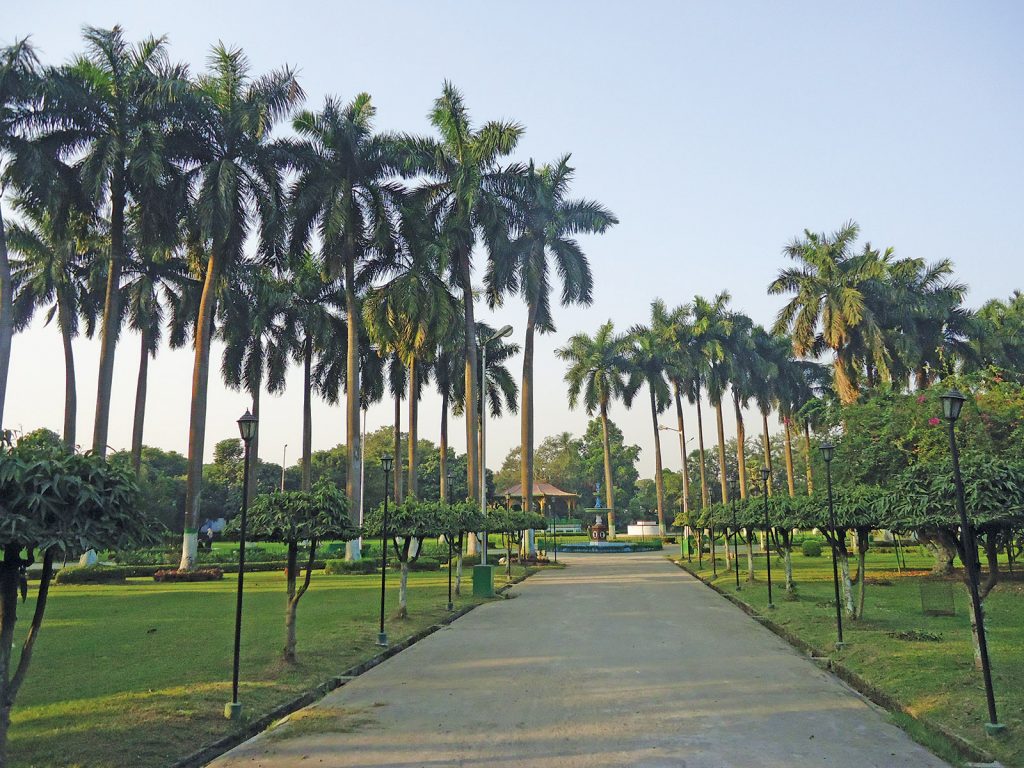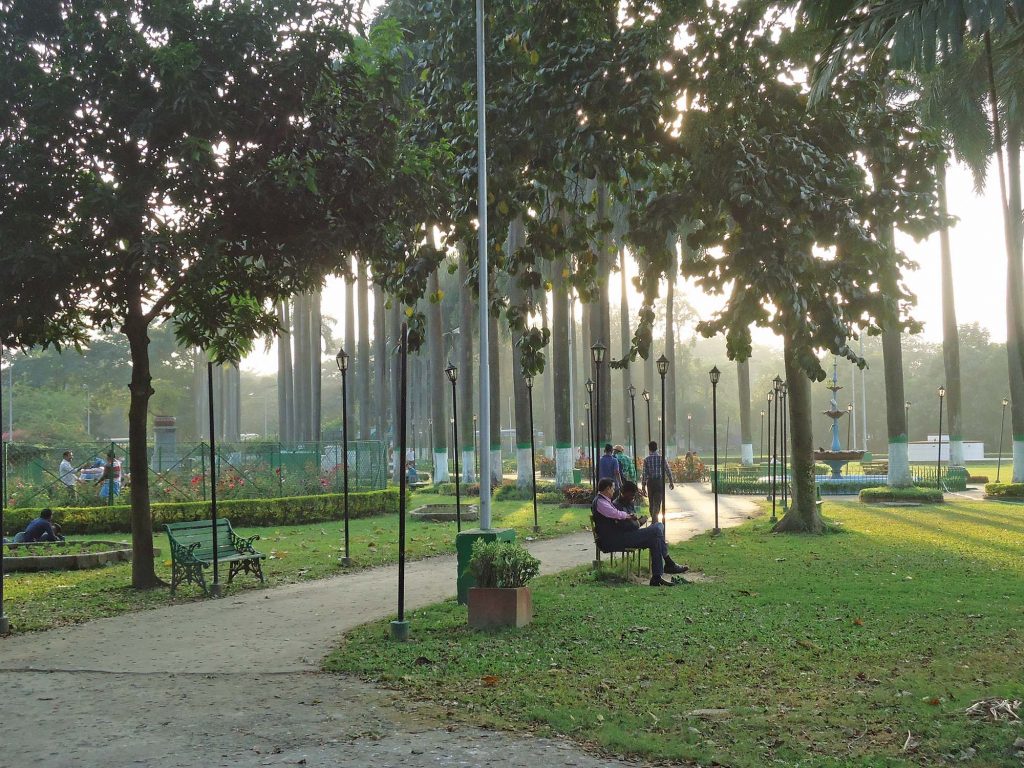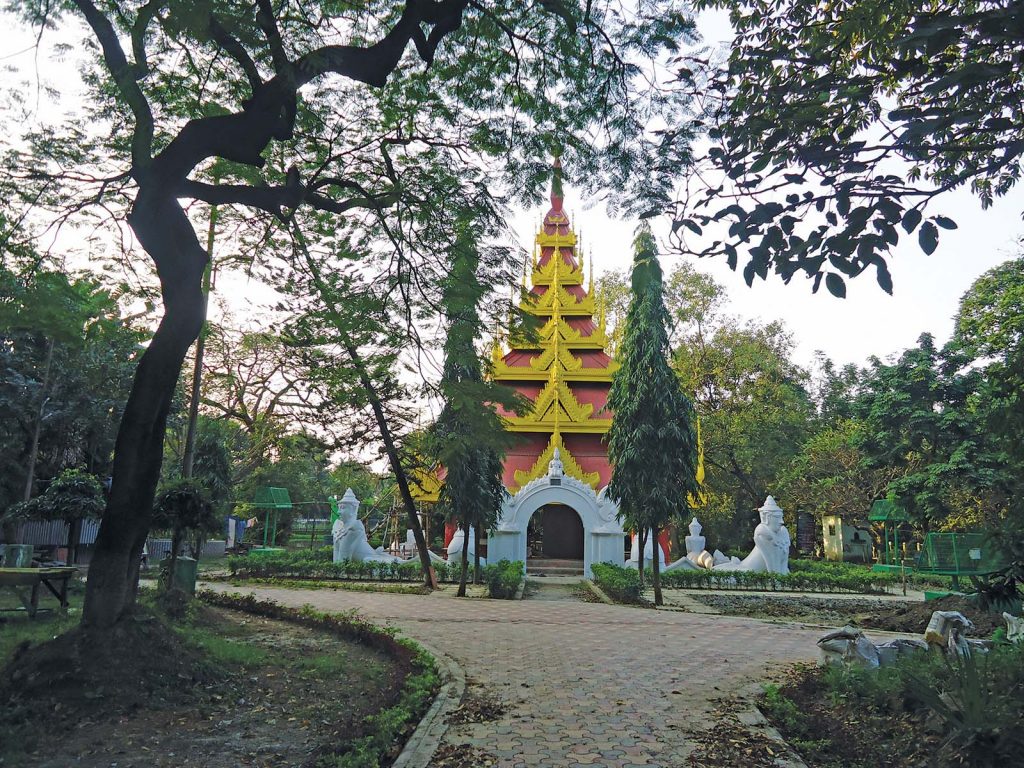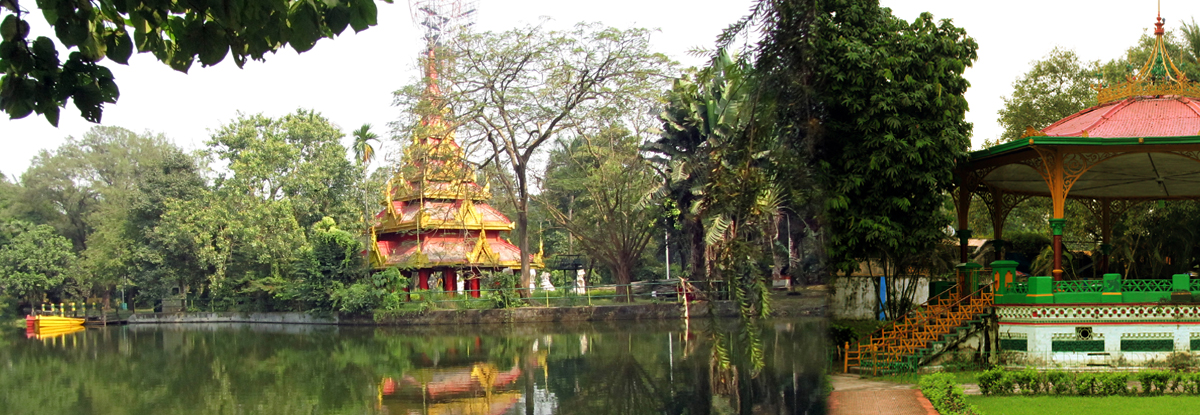Eden Gardens
A BEAUTIFUL RELIC OF THE RAJ

The Strand is the promenade along the river, perfect for a stroll. There is always a cooling breeze, trees shading the walk and some quality street food. Across the Strand stands the Eden Gardens. Stretching over 50 acres, with pathways shaded by huge mahogany, mango and banyan trees, they are a peaceful place to sit. Even today, the park is well maintained and is very popular for the beautiful and amazing variety of plants and flowers grown here. This garden was laid by Governor-General Auckland in 1841. Initially named ʻAuckland Circus Gardensʼ later it was changed to ʻEden Gardensʼ by its makers, inspired by the Garden of Eden in the Bible. Some, however, feel that it was named after Governor-General Aucklandʼs sisters, Emily and Fanny Eden.

The only time the Eden Gardens lets its peace be shattered is when 100,000 fans cheer a Tendulkar hit at the adjacent cricket stadium, the parkʼs famous namesake. The stadium was established in 1864 and can currently hold 66,349 spectators, following renovations for the Cricket World Cup 2011. The first recorded Test at the venue was held in 1934, and its first One Day International in 1987. The Hero Cup knockout matches were staged at Eden Gardens, the first matches played under lights at the ground. The stadium hosts Indian Premier League matches and is the home venue for Kolkata Knight Riders.

On a non-match day Eden Gardens is quiet. It must have provided some respite for the memsahib during the British Raj when she may have come here, accompanied by her children and their ayahs, for long walks and a picnic. The breeze from the river must have cooled her down and made the trip congenial, away from the bustle of a city that was like a furnace in summer.

A group of herons strut at one end of the water body that holds the park together, and the mild winter rain lends the park an unseasonal shine. Tall trees, both of local and introduced varieties, line the paths, which lead inevitably to the small arched bridge across the still waters, hazy under a veil of mist. Beyond the well-maintained lawns stands a three-storeyed Burmese pagoda in red and golden yellow, brought to Calcutta by Lord Dalhousie. Cracks run through the woodwork and rise up to dragon figures coiled around, surrounded by imposing statues with distinctly Oriental features.

